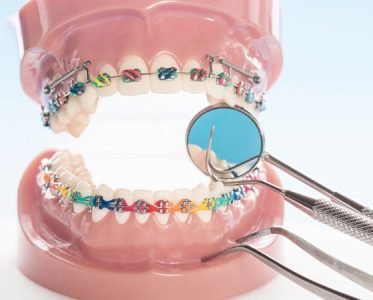A baby monitor is a very useful device for modern parents. Such a device allows you to check on your child’s safety even when you are doing other things at a certain distance or outside the room. It not only saves you a lot of time and burden, but it also keeps you at ease knowing that your precious one is safe even at a distance. However, with the many different kinds of monitors available in the market at present sometimes it may get confusing. Knowing the different types of monitors and what to consider will surely help you in making a choice.
What are the types of baby monitors?
In selecting a monitor that best fits your family, you have three major options to choose from –an audio, video or a sensory monitor.
Audio monitors allow you to hear the activities of your child (ex: crying) as they pick up sound. This type comes in both analog as well as digital models. The analog monitors are the most affordable but are usually still reliable. They work through the radio frequency and use FM signals to transmit the sound. The major set-back of this variety is the tendency of other receivers picking up the same signal that your monitor transmits, thus less privacy and disturbances are possible.
On the other hand, the digital model may cost a little more but it provides more privacy and usually has a wider range of reception than analog. Another advantage is that the digital models do not have as much static and they give a clearer sound quality so you can hear your baby better.
Video monitorsallow you to see and hear your child by combining sound and video just like miniature TV sets. They use a small camera either mounted on the wall, table or crib to transmit the images into the LCD display. They are usually portable and come with multiple cameras and even night vision.
Sensory monitorsdetect the baby’s slightest movements even during sleep. It fits under the mattress of the baby and alarms you when the baby stops moving or is absolutely still for 20 seconds. Some models available also come with audio monitors installed. These come with a portable parent’s unit that sends you the alarm and allows you to hear your baby’s activities.
What are the things that you should consider?
Always remember, that in choosing the type of baby monitor for your family you must reflect on which model would best suit you and your baby’s needs. The size of your home, and the clarity of frequency are very important factors to consider. Simpler monitor models will do for smaller houses, but you may need a more sophisticated monitor system for a larger house.
The lifestyle and the type of work that you have to do around is also another important factor to consider, especially if your work requires you to be farther away from your baby’s room and you may need a monitor that covers the range, particularly a portable one.
Always remember that whether you would prefer an audio, video or sensory monitor, the clarity of sound and video of your unit should be of very good quality for you to effectively monitor your child. Whatever model you may choose, the most important aspects to consider is that your choice must certainly cater to your needs, fit your budget and most especially provide you with a good avenue to watch out for your baby’s safety.


























